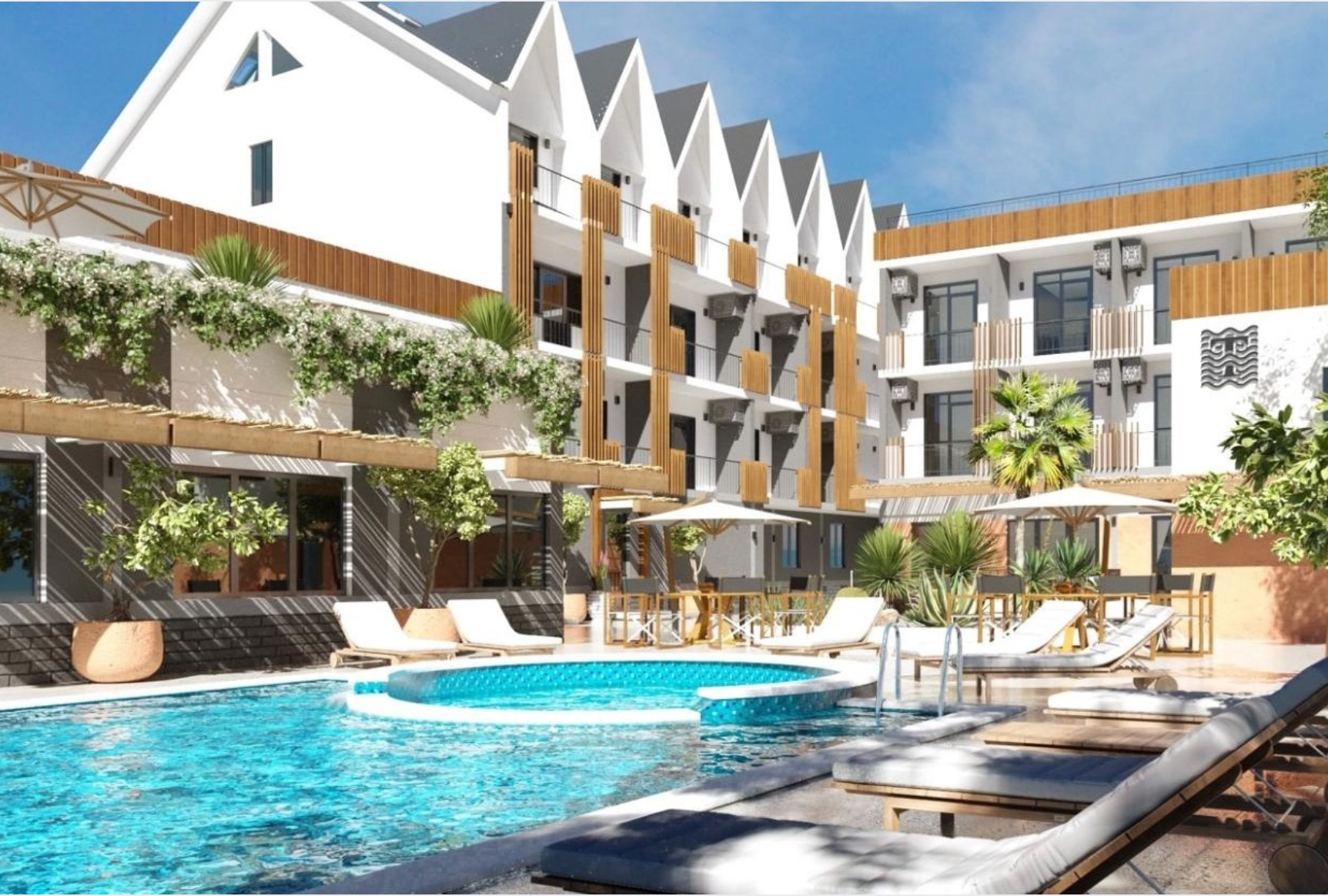Exploring Micro-Apartments: Trends in Urban Housing
The urban housing market is continuously evolving to meet the demands of modern living. One of the most notable trends in recent years is the rise of micro-apartments. These compact living spaces are designed to maximize functionality and efficiency, catering to the growing population of urban dwellers who prioritize location and lifestyle over space. In this article, we will explore the key trends driving the popularity of micro-apartments, their benefits and challenges, and their impact on the real estate market.
Understanding Micro-Apartments: Micro-apartments are typically defined as small residential units ranging from 150 to 400 square feet. Despite their limited size, these units are ingeniously designed to provide all the essential living amenities, including a kitchen, bathroom, and sleeping area. The concept of micro-apartments has gained traction in densely populated urban areas where real estate prices are high, and space is at a premium.
Trends Driving the Popularity of Micro-Apartments
Urbanization and Population Growth: As more people move to cities for job opportunities and lifestyle benefits, the demand for housing in urban areas has skyrocketed. Micro-apartments offer an affordable and practical solution for individuals seeking to live close to their workplaces and urban amenities.
Affordable Housing Solutions: The high cost of housing in major cities has made homeownership unattainable for many. Micro-apartments provide an affordable alternative for young professionals, students, and low-income residents who prioritize location over space.
Sustainable Living: With a growing emphasis on sustainability, micro-apartments align with the trend towards eco-friendly living. These units typically require fewer resources to build and maintain, and their small size encourages minimalistic and sustainable lifestyles.
Innovative Design and Smart Home Technology: Advances in interior design and smart home technology have made it possible to create highly functional and comfortable living spaces within a small footprint. Multifunctional furniture, smart storage solutions, and integrated home automation systems enhance the livability of micro-apartments.
Affordability: Micro-apartments offer a cost-effective housing option in expensive urban markets. Lower rent and utility costs make these units attractive to budget-conscious renters.
Convenience and Location: Proximity to urban amenities, public transportation, and employment centers is a major draw for micro-apartment residents. The convenience of living in a central location often outweighs the compromise on space.
Community Living: Many micro-apartment developments include communal spaces such as lounges, rooftops, and gyms. These shared amenities foster a sense of community and provide additional living space beyond the individual units.
Challenges of Micro-Apartments
Limited Space: The most obvious drawback of micro-apartments is the limited living space. Residents must adapt to a minimalist lifestyle and find creative solutions for storage and organization.
Privacy Concerns: The close quarters of micro-apartment living can lead to privacy issues, especially in buildings with shared amenities and thin walls.
Regulatory Hurdles: Zoning laws and building regulations can pose challenges for the development of micro-apartments. Local governments may have restrictions on the minimum size of residential units, limiting the availability of micro-apartments in some areas.
The Impact on the Real Estate Market
The rise of micro-apartments reflects broader real estate market trends towards smaller, more affordable housing options in urban areas. These units cater to the needs of a diverse demographic, including young professionals, students, and retirees. As the demand for urban housing continues to grow, micro-apartments are likely to become an increasingly important component of the housing market.
Increased Demand for Compact Living Solutions: The success of micro-apartments demonstrates a growing acceptance of compact living solutions. Real estate developers and investors are recognizing the potential of these units to meet the needs of urban dwellers.
Influence on Design and Development: The popularity of micro-apartments is influencing the design and development of new housing projects. Architects and developers are focusing on innovative design and efficient use of space to create livable micro-apartments.
Potential for Investment: For investors, micro-apartments represent a promising investment opportunity. High demand and lower development costs can lead to attractive returns on investment.
Conclusion: Micro-apartments are reshaping the urban housing landscape, offering affordable, sustainable, and convenient living options in densely populated cities. As the demand for urban housing continues to rise, micro-apartments are poised to become a significant part of the real estate market. By understanding the trends driving their popularity and addressing the challenges they present, real estate professionals can capitalize on the opportunities presented by this innovative housing solution.

Comments
Post a Comment